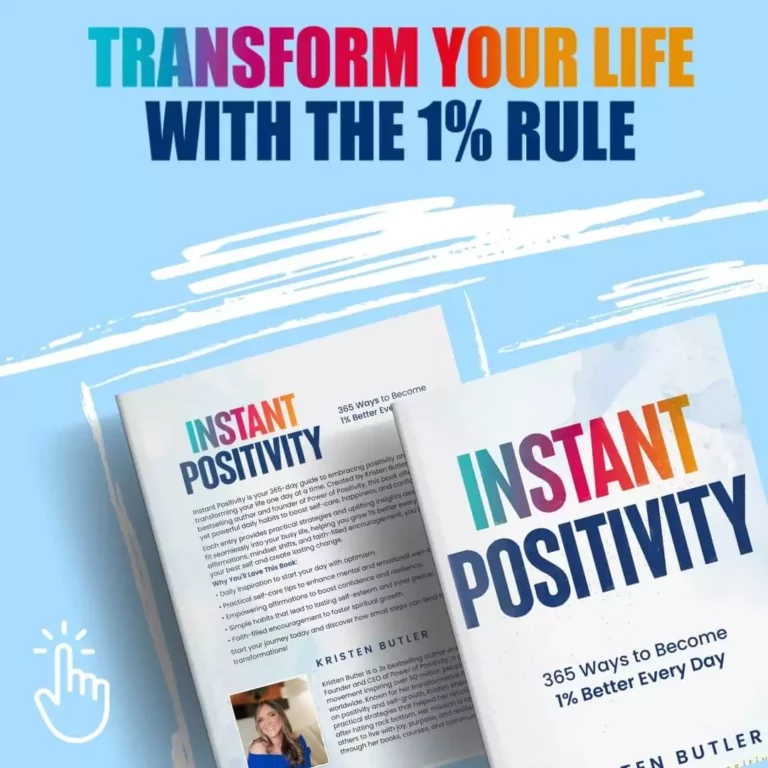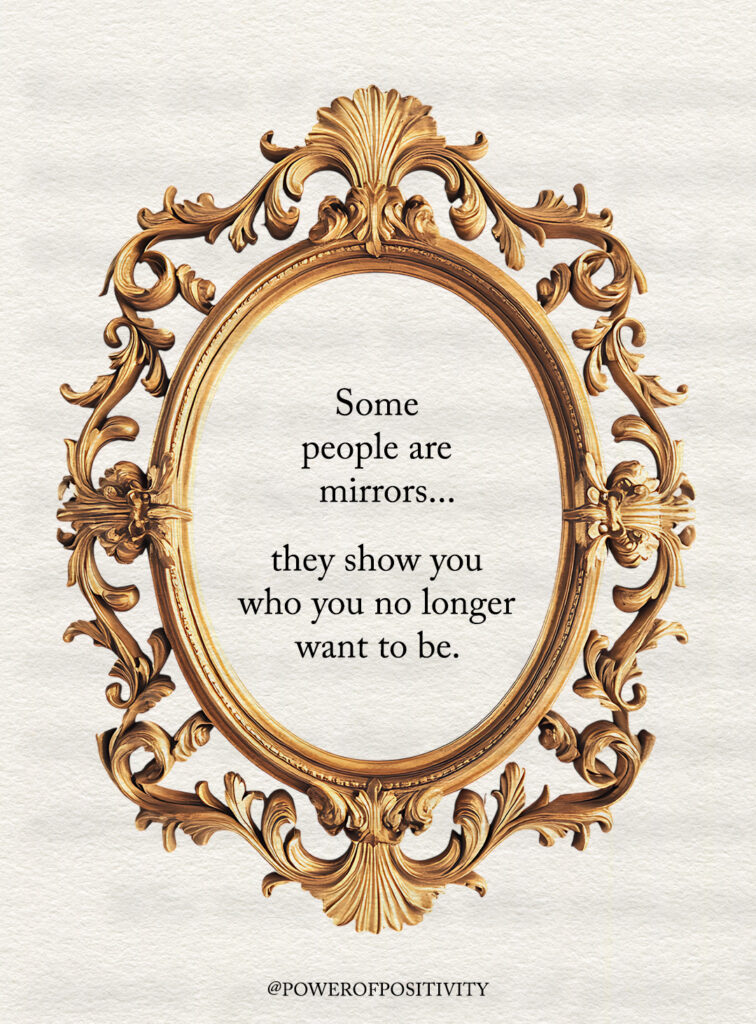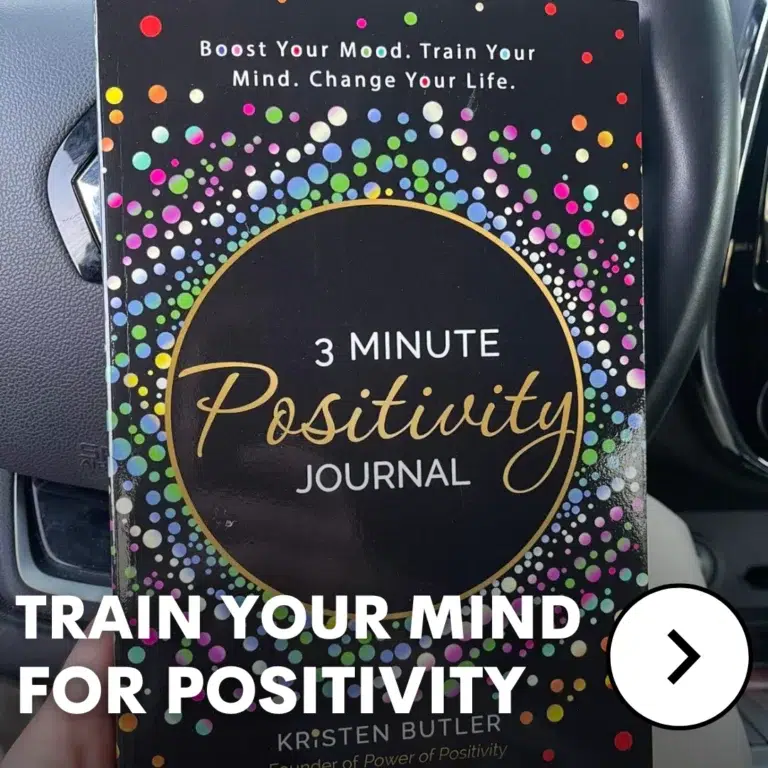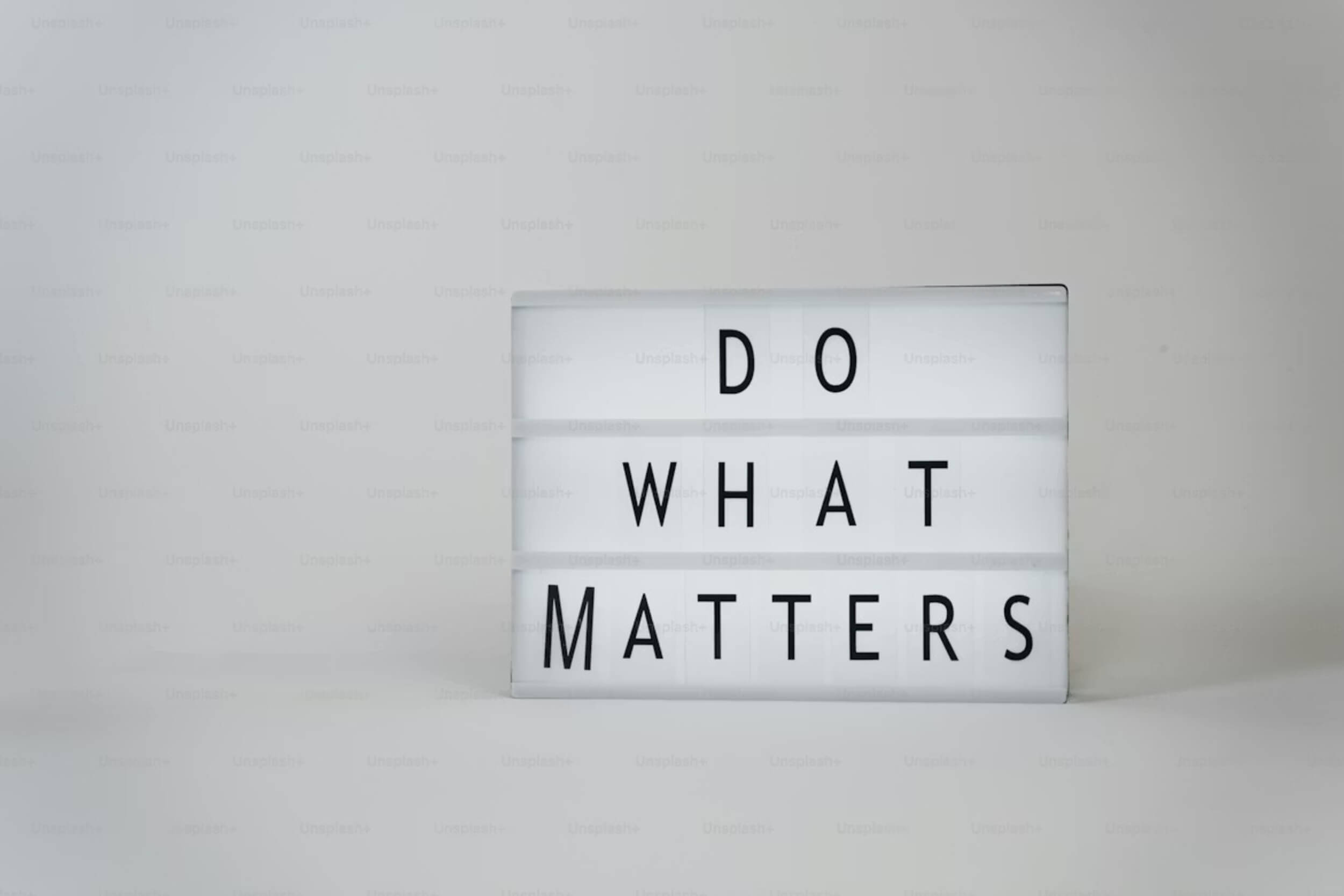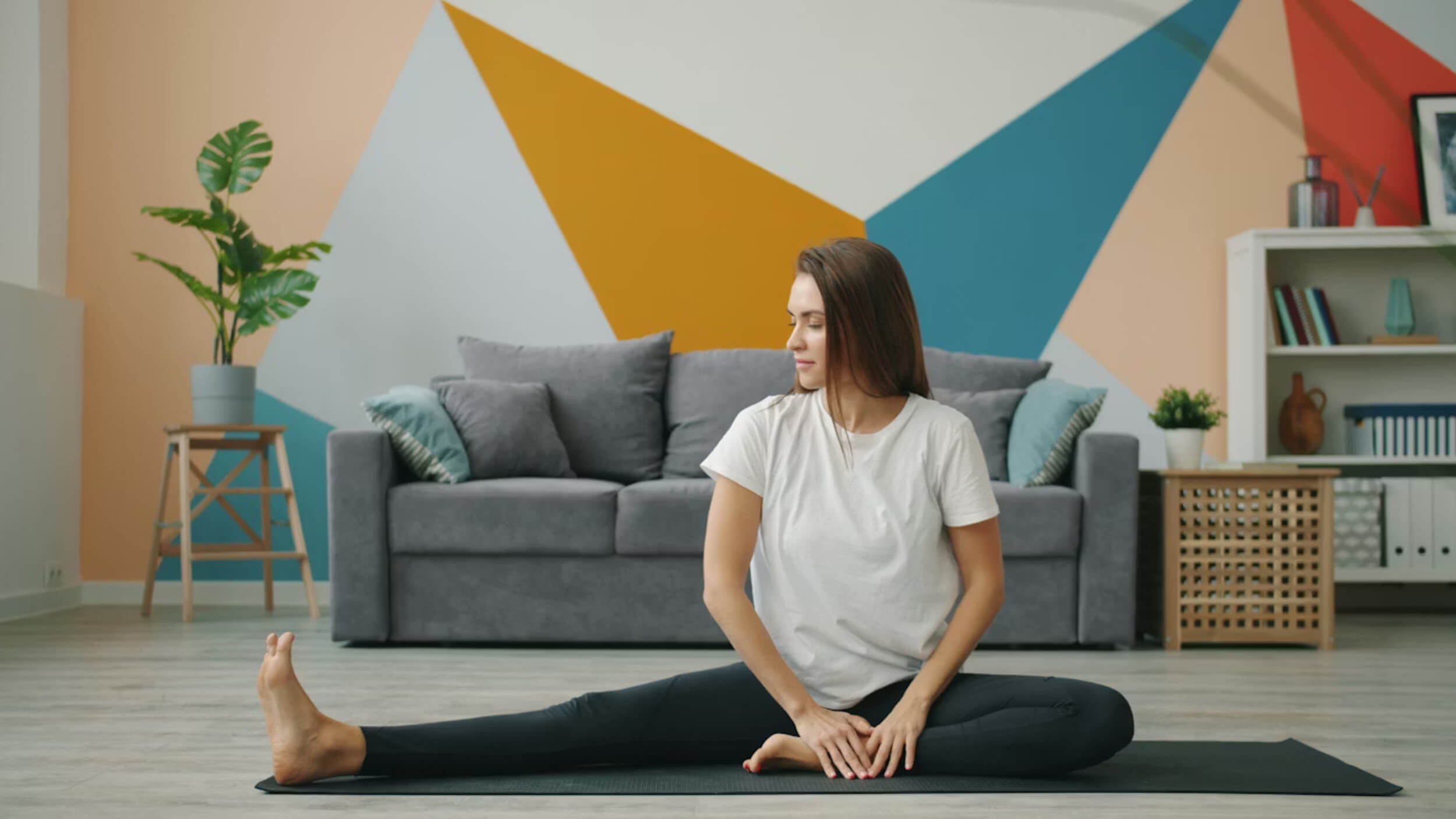More people are turning to their phones for comfort than ever before. From therapy apps that send calming reminders to online sessions with licensed counselors, technology and mental health now go hand in hand. It’s easy to reach out for help from your couch, and many find that reassuring.
Still, there’s another side to the story. Too much screen time, endless notifications, and online pressure can quietly add to stress instead of easing it. When every break leads back to a glowing screen, it’s hard to know where connection ends and burnout begins.
The truth is, technology can both heal and harm — it depends on how we use it. The challenge isn’t choosing one over the other. It’s finding that balance where digital tools support your mind, not drain it. Because real well-being comes from staying connected without losing yourself in the process.
How Technology Supports Mental Health Treatment
Help is no longer limited to office visits. With technology and mental health working together, people can reach support wherever they are — from a quiet corner at home to a busy commute.
1. Digital Therapy and Online Counseling
Talking to a licensed therapist online has become normal for many. Teletherapy sessions happen through video calls or chat, making it easier for those who live far from clinics or feel uneasy about face-to-face meetings. Most platforms protect privacy, giving users a safe space to talk without judgment.
2. Mental Health Apps for Daily Support
Apps now guide people through calming exercises, journaling prompts, and mood check-ins. Some even study behavior patterns to suggest personalized tools for stress relief or better sleep. These small digital steps can help people stay consistent with their self-care.
3. Wearables and Smart Devices for Monitoring
Smartwatches and sensors do more than track steps. They measure heart rate, sleep quality, and even stress levels, helping users notice early signs of anxiety or burnout. When used wisely, these gadgets remind people to slow down before exhaustion hits.
Used with intention, these tools make support more personal, flexible, and empowering — showing how technology and mental health can truly work hand in hand.
The Double-Edged Sword of Tech Dependence
Scrolling through your phone might calm your nerves — until it doesn’t. The same devices that connect people to care can also feed stress when used without limits.
Too many notifications, endless feeds, and late-night scrolling chip away at peace of mind. Sleep suffers, focus fades, and comparison on social media often leads to feelings of inadequacy or loneliness. Over time, these patterns can mimic signs of anxiety or mild depression.
There’s also “doom-scrolling,” where people keep reading negative news even when it makes them feel worse. It’s easy to mistake staying informed for staying safe, but the brain rarely rests in constant digital noise.
Technology is powerful, but balance matters. The goal isn’t to avoid it — it’s to manage it. Used with awareness, technology and mental health can support one another. Without boundaries, it can become one more source of emotional strain.
The Pros and Cons of Mental Health Technology
Like any tool, technology can be both a helper and a hurdle. Knowing its strengths and limits keeps users in control.
Advantages
- Access and affordability: Care reaches those in rural or low-income areas where services are limited.
- Anonymity: People can open up without fear of stigma.
- Consistency: Apps and online tools provide 24/7 support and reminders.
- Engagement: Game-style features and progress trackers keep motivation high.
Limitations
- Quality and safety gaps: Many apps lack scientific proof of effectiveness.
- Privacy risks: Sensitive data may be shared without clear consent.
- Overreliance: Some skip therapy, trusting apps alone to fix deeper issues.
- Information overload: Too many choices leave users unsure which tools truly help.
Used wisely, technology and mental health can complement each other. Understanding both sides helps people use these resources as supplements — not substitutes — for real human care.
New Trends Shaping the Future of Digital Mental Health
Fresh ideas are changing how people care for their minds. From artificial intelligence to virtual therapy rooms, technology and mental health are evolving side by side.
1. AI and Predictive Mental Health Tools
Some platforms now use AI to detect emotional changes by analyzing voice tone or typing rhythm. These tools may one day alert professionals before a mental health crisis begins.
2. Virtual Reality Therapy
VR sessions place users in calm, controlled settings to face fears, ease anxiety, or recover from trauma. These programs help retrain the brain through realistic yet safe simulations.
3. Gamified Cognitive Training
Mental health apps are blending science and play. Simple games now strengthen focus, memory, and emotional control — helping users rebuild mental stamina in engaging ways.
4. Integrative Care Systems
Clinics and hospitals are connecting emotional and physical health through unified digital records. This full-picture approach makes treatment more personal and continuous.
Innovation keeps moving forward, but the human touch will always matter. The best future for technology and mental health blends compassion, data, and design to bring comfort that feels both smart and sincere.
Who Develops and Regulates These Technologies?
Behind every mental health app or wearable is a team that blends science and software.
1. Collaboration Between Clinicians and Coders
Psychologists, neuroscientists, and engineers often join forces to make tools that are easy to use yet grounded in research. This balance ensures that convenience never replaces accuracy.
2. The Need for Oversight
Even with great innovation, there’s still little standardization. No universal rules exist to verify privacy, ethics, or medical validity. Governments and researchers are now discussing systems to test and label trustworthy digital therapies.
Until then, users must choose wisely and look for programs backed by real experts. Developers, too, carry the responsibility of keeping safety and transparency at the heart of every design.
The partnership between technology and mental health only works when both sides — the makers and the users — commit to doing it right.
How to Choose Safe and Effective Mental Health Tools
Picking the right app or device can feel overwhelming. Here’s how to choose smartly.
1. Check Credibility and Clinical Backing
Look for apps created with mental health professionals or supported by research. Programs with scientific reviews are more likely to deliver safe results.
2. Review Privacy Policies
Read how apps handle your data. Safe ones use encryption and give users control over what’s shared.
3. Look for Human Connection Options
Technology works best when combined with therapist check-ins or peer support. Real conversation still makes the biggest difference.
4. Test Engagement and Ease of Use
Try it for a few days. If it feels confusing or unhelpful, move on. Good tools should feel simple, motivating, and easy to stick with.
5. Avoid Overpromising Solutions
Skip apps claiming instant healing or “miracle” fixes. Mental health progress takes time and effort.
Choosing the right support helps ensure that technology and mental health stay in balance — one guiding the other toward real growth.
Setting Digital Boundaries for Better Mental Health
Constant connection can quietly wear people down. Creating digital limits helps protect both focus and peace of mind.
1. Scheduled Screen Breaks
Keep short tech-free periods in your day — like during meals, before bed, or the first hour after waking up.
2. Mindful Technology Habits
Before opening an app, ask yourself: “What do I need right now?” This small pause can stop emotional scrolling before it starts.
3. Curate Digital Environments
Follow accounts that make you feel calm or inspired. Unfollow those that cause comparison or stress.
The goal isn’t to quit screens — it’s to use them with purpose. Technology and mental health work best together when boundaries are clear. Tech should fit into your life, not take it over.
What the Future Holds: Technology and Therapy in Harmony
Tomorrow’s care will mix the best of both worlds — digital tools and human connection. Picture AI helping therapists analyze patterns, support groups meeting virtually, and mindfulness apps guiding users in real time.
When used wisely, these advances don’t replace people — they amplify care. Emotional intelligence, compassion, and data will work together to build stronger support systems. The progress of technology and mental health depends not on machines alone, but on how people use them with empathy and intention.
Conclusion: The Human Touch in a Digital World
Technology has changed how people find help, but it can never replace empathy. Real healing still comes from human connection — listening, sharing, and understanding.
Apps, wearables, and online sessions make care easier to access, but they’re only tools. They serve best when used with heart and purpose.
Let technology be a bridge to awareness, not an escape from feelings. Keep what helps, set limits where needed, and stay grounded in real life.
The healthiest path forward is one where technology and mental health walk side by side — innovation supporting the human spirit, not overshadowing it.



